| Stage |
Lesson Outline |
Skill/knowledge acquired |
SMSC |
ICT |
IIR |
Homework |
Assessment |
Resources |
| 1 |
Introduction – What is the super quiz.
Show examples of product and where they might use one.
Brief – ‘Design and make, to prototype stage, a robust artefact that will contain an electronic circuit that will work as a quiz master.
Analysis of design problem in-groups then record individually using project booklet. |
Background to project
Observational skills
Starting to focus on a problem area, and making a fun solution.
Working in pairs.
Use of spider diagrams and ability to identify potential areas for research. |
X |
X |
X |
Research facts from which 40 questions can be devised. |
Homework A to D
Peer judgement |
Examples of hand held game
Project booklet |
| 2 |
Investigating Electricity and Electronics
Conductors and insulators.
Convention and symbols
Using project cards to help us learn
Identifying components the resistor colour code
Testing for conductors with the multimeter |
Using computers and interaction to investigate and learn about electronics.
Producing a PCB with the aid of CAD/CAM
Using multimeters to check for continuity and resistance. |
|
X |
X |
Produce a guide to using the resistor colour code. |
Homework A to D
Completed booklet |
Booklet
Resistor colour code cards
Multimeters
Conductors and insulators resource card |
| 3 |
PCB POPULATION Making a box to keep own work and components in.
Identification of components
Distribution of components to team leaders and then to individuals
Health and Safety issues in electronics
Demonstrating using a soldering iron
Soldering components
Preparing for testing |
Looking after and handling components
Checking PCB’s
Soldering components.
Safety considerations of above.
Cooperating with others
Distribution systems in industry |
X |
X |
X |
Produce a guide to safe and proper use of the soldering iron. |
Homework A to D |
Booklet
Pre prepared PCB
Components
Solder Irons
PCB Drill
Paper for Box for work |
| 4 |
Testing the Electronics
Checking the circuit before connecting to a battery
Adding the Genie IC
Last checks before attaching to the battery. |
Testing procedures
Inserting ICs
Quality control and assurance QCA |
|
X |
X |
Write a short report on how the manufacture of the PCB was done. |
Homework A to D |
Completed PCB
Multimeters
Genie chips
Batteries
Sample question cards |
| 5 |
Evaluation of Electronic Element. |
Making records
Value judgements |
X |
X |
X |
|
Peer judgement |
Own product |
| 6 |
Design of Product Casing
With reference to brief and research pupils to generate a specification and subsequently generate ideas.
Consideration must be given to Shape / Size / Design / Colour and any additional decoration. |
Class discussion
Application of new knowledge to everyday situations.
Improve presentation skills
Use booklets to study: -mass manufacturing and modelling. |
|
X |
X |
Write plan of action for producing the product casing. |
Homework A to D |
Source materials on casings. |
| 7 |
CAD CAM as a solution
Introduction to ProDESKTOP as a design tool
Exporting designs for manufacturing |
Using and develop skills in CAD |
X |
X |
X |
Install ProDESKTOP on their home computer.
Practice the skills learnt in school |
Homework A to D
Electronic or printed evidence |
ProD CDs
Computers |
| 8 |
Manufacture of Casing
Recap on design brief & specification
Scale of production.
How the design would have to be adapted for batch and mass production |
Using given basic design criteria manufacture the casing.
Use CAD/CAM to produce the components |
X |
X |
X |
Packaging.
Aesthetics and demands.
Develop ideas for packaging the product |
Homework A to E |
Booklet
Workshop tools and equipment
Resistant materials
Computers |
| 9 |
Design and manufacture of question cards
Use researched questions to produce more than one card. |
Using design constraints to use CAD to produce the cards |
X |
X |
X |
|
Printed and shaped evidence |
Computers and Laser |
| 10 |
Testing and Evaluation
Evaluation of product that has been manufactured by comparing it to the original brief. |
Evaluating products.
Evaluation considerations. |
|
|
X |
Completion of booklet |
Homework A to E |
Booklet
Products. |








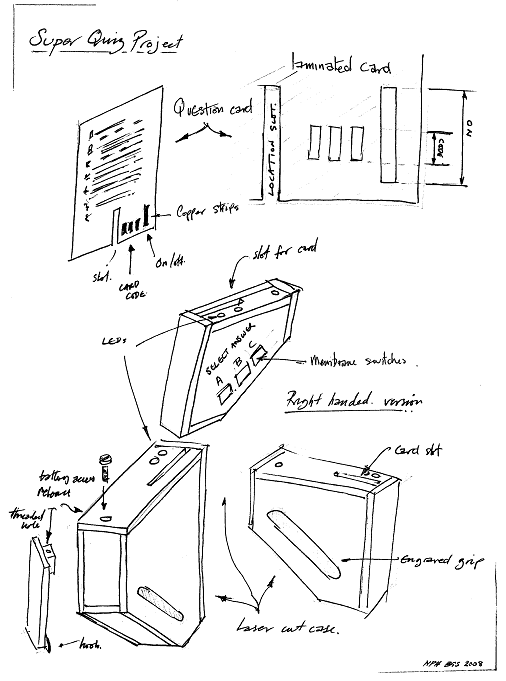
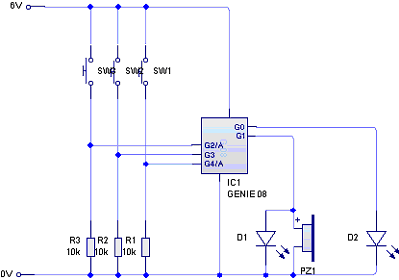
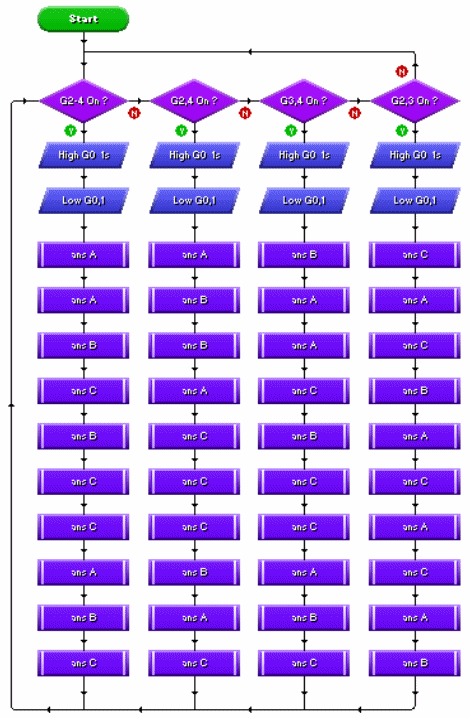
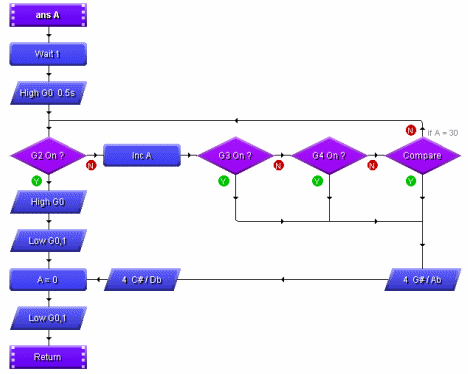
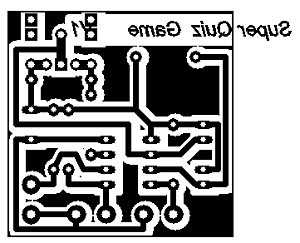
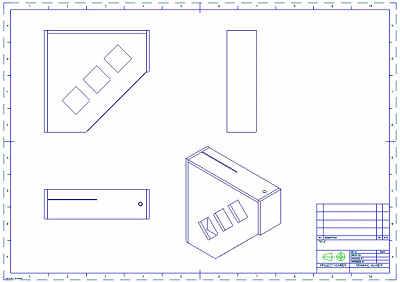
![]()